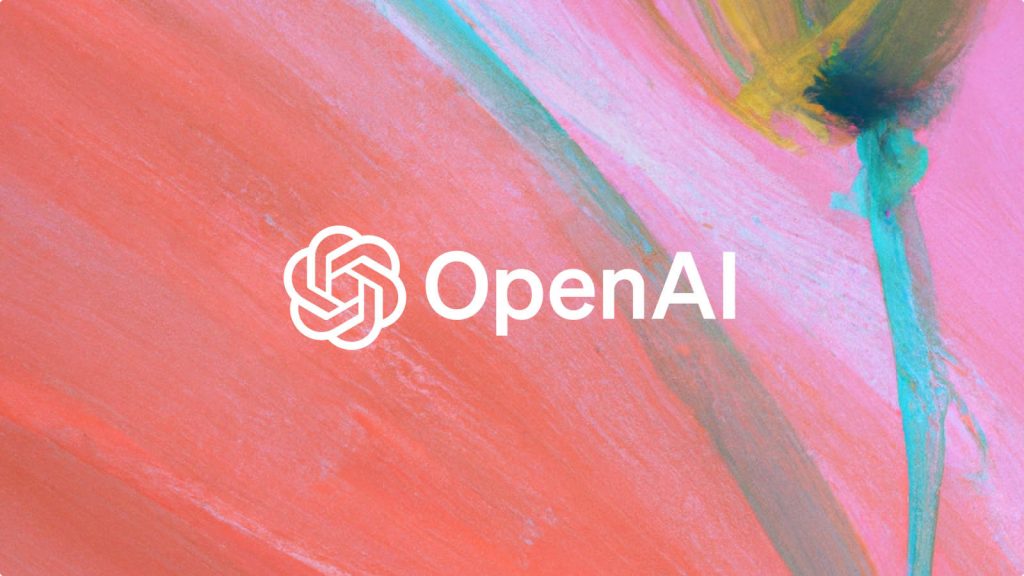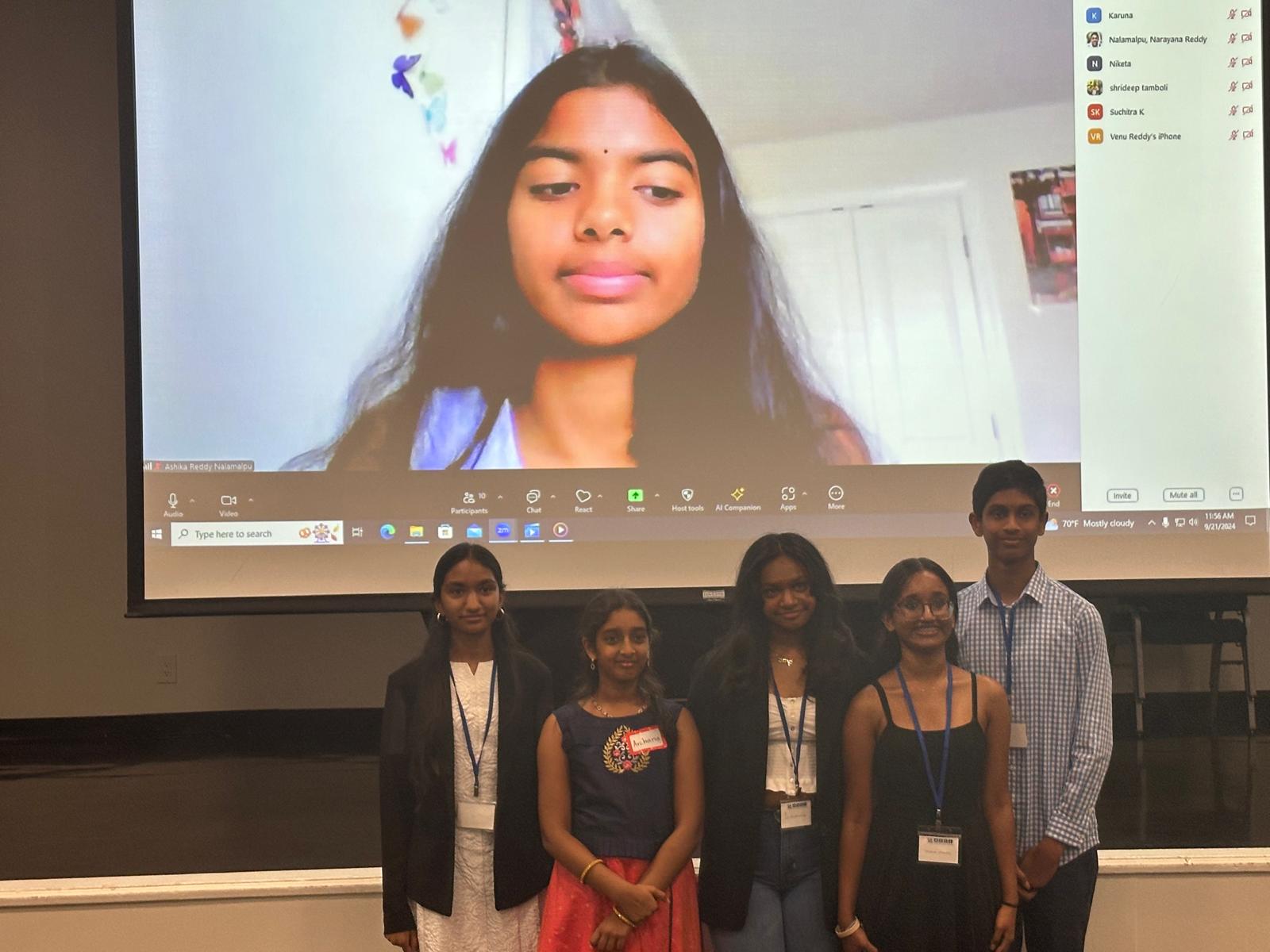OpenAI stands at the vanguard of artificial intelligence research and development, consistently breaking new ground with its generative AI technologies that push the boundaries from revolutionizing natural language processing with GPT-4 to enhancing image generation capabilities through DALL-E 2, OpenAI remains at the forefront of innovation, enabling profound changes across various industries. Founded with the ambitious goal of ensuring artificial general intelligence (AGI) benefits all of humanity, OpenAI has consistently pushed the boundaries of what AI can achieve.
As OpenAI continues to innovate, it remains acutely aware of the ethical dimensions of AI development. The organization’s approach to deployment emphasizes safety, transparency, and alignment with human values, ensuring that its technologies do not just advance human capability but also enhance human well-being. This blog delves into the recent breakthroughs by OpenAI, exploring how its cutting-edge technologies are being integrated across various sectors and what these advancements signify for the future of AI.
A Brief History of OpenAI
OpenAI, since its inception in December 2015, has played a pivotal role in reshaping the landscape of artificial intelligence. Founded by Elon Musk, Sam Altman, Greg Brockman, Ilya Sutskever, Wojciech Zaremba, and John Schulman, the organization was established with the ambitious goal of promoting and developing friendly AI in a manner that benefits humanity as a whole. Initially launched as a non-profit, OpenAI aimed to freely collaborate with other institutions and researchers by making its patents and research open to the public.
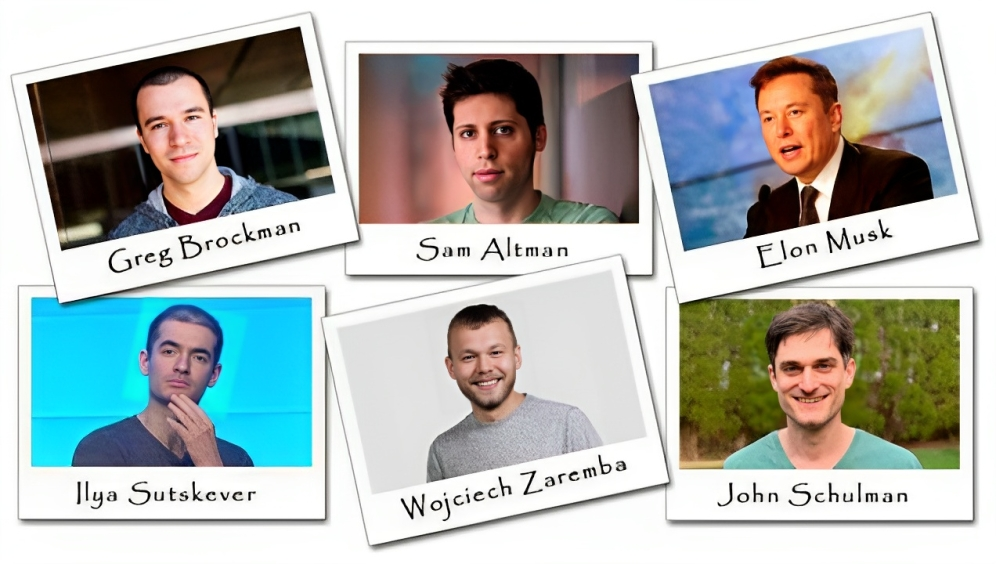
The organization quickly became renowned for its significant contributions to the AI field, particularly through its development of advanced deep learning models. In 2018, OpenAI transitioned to a “capped-profit” model to attract outside investment while still pursuing its original mission of safe and beneficial AI. This move was pivotal in scaling its ambitions and projects, culminating in securing a $1 billion investment from Microsoft in 2019.
One of OpenAI’s most notable innovations is the Generative Pre-trained Transformer (GPT) series, starting with the release of GPT in 2018, followed by more sophisticated versions—GPT-2 in 2019, and GPT-3 in 2020. These models demonstrated unprecedented capabilities in natural language processing, setting new standards for AI applications in writing, conversation, and even coding.
In 2021, OpenAI expanded its technological repertoire with the introduction of DALL-E, an AI program capable of generating images from textual descriptions, and Codex, which powers GitHub’s Copilot, assisting programmers by suggesting lines of code. These advancements showcased OpenAI’s commitment to diversifying the applications of AI.
By 2024, OpenAI further enhanced its offerings with the launch of GPT-4 and GPT-4o, pushing the boundaries of language models with even greater speed, accuracy, and multimodal capabilities. These versions improved interactions in over 50 languages and introduced capabilities in text, voice, and vision, making advanced AI tools more accessible to a broader range of users and applications. Alongside its technological advancements, OpenAI continued to emphasize the importance of ethical AI development, focusing on safety, transparency, and alignment with human values to ensure that AI advancements contribute positively to societal welfare.
Recent Developments in OpenAI’s Generative AI
- GPT-4: A New Era of Language Models: The introduction of GPT-4 marks a significant leap forward in AI capabilities. Building on its predecessor’s foundations, GPT-4 exhibits enhanced understanding and generation of human-like text, demonstrating remarkable improvements in both complexity and nuance. This model can engage in detailed conversations, simulate specific professional knowledge, and even generate creative content like poetry and code with unprecedented accuracy. GPT-4’s architecture enables it to process information from a corpus of text that spans the internet, providing it with a diverse range of knowledge and opinions. Moreover, OpenAI has made significant strides in ensuring that GPT-4 remains aligned with ethical guidelines, reducing biases and promoting more responsible usage.
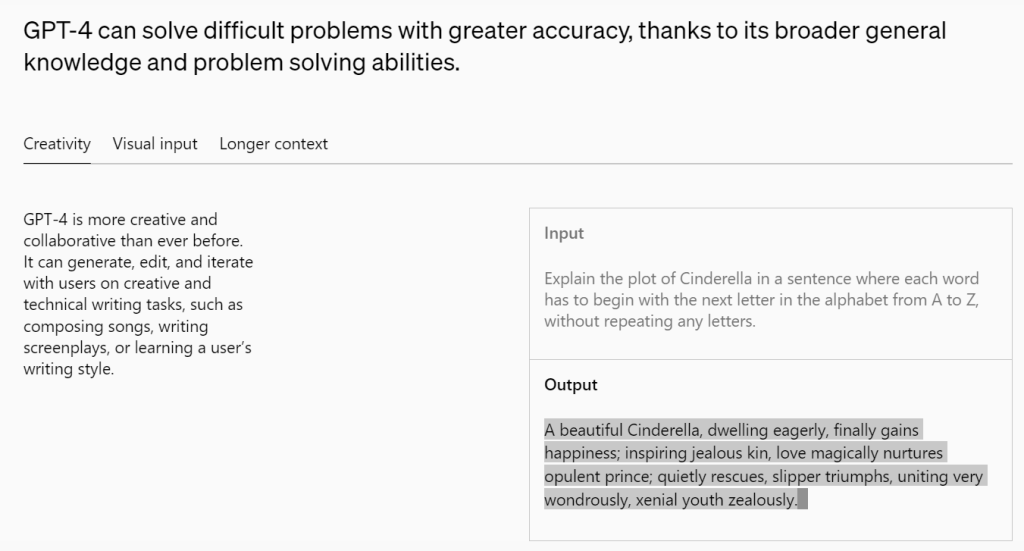
- OpenAI for Nonprofits: OpenAI launched “OpenAI for Nonprofits” on May 30, 2024, providing discounted access to their AI tools like ChatGPT Team and Enterprise for nonprofit organizations. This initiative aims to empower nonprofits to better serve their communities and improve operational efficiency despite common challenges such as limited funding and staff shortages. By facilitating tasks like grant proposal drafting and data analysis, the program helps nonprofits maximize their impact. Examples of its application include supporting legal clinics, public health training, and resource curation.
- ChatGPT Edu: OpenAI introduced ChatGPT Edu on May 30, 2024, designed specifically for universities to incorporate advanced AI capabilities into academic settings. ChatGPT Edu is powered by GPT-4o and supports functionalities like tutoring, administrative tasks, and research. It offers enhanced message limits, multi-language support, and robust security features, ensuring data privacy and non-utilization for AI training. The initiative is part of OpenAI’s commitment to making AI tools accessible in educational environments, already benefiting several major institutions.
- Improvements to data analysis in ChatGPT: OpenAI announced improvements to data analysis in ChatGPT on May 16, 2024, including direct file uploads from Google Drive and Microsoft OneDrive, and interactive data tables and charts. These enhancements, available in the GPT-4o model for ChatGPT Plus, Team, and Enterprise users, simplify data handling and visualization, enabling more effective data-driven decision-making. Enhanced features ensure users can customize and download charts for various uses while maintaining strict privacy and security standards.
- Expanding Utility with APIs for Business: OpenAI has also broadened its offering with more robust APIs for businesses. These APIs are designed to integrate seamlessly with business operations, enabling companies to harness the power of AI in areas like customer service, content creation, and system automation. By providing more customizable and powerful API options, OpenAI is helping businesses of all sizes to innovate and improve efficiency.
- GPT-4o: The recent rollout of GPT-4o on May 13, 2024, an optimized version of GPT-4, has made powerful AI tools more accessible to free users of ChatGPT. This enhancement equips the model with faster processing and better capabilities in text, voice, and vision interactions. GPT-4o supports over 50 languages and will be gradually made available to all user tiers, starting with Plus and Team. Additionally, free users now have access to advanced tools like data analysis and file uploads, albeit with usage limits. OpenAI also launched a new macOS desktop app for a more integrated user experience, and plans for a Windows version are set for later in the year.
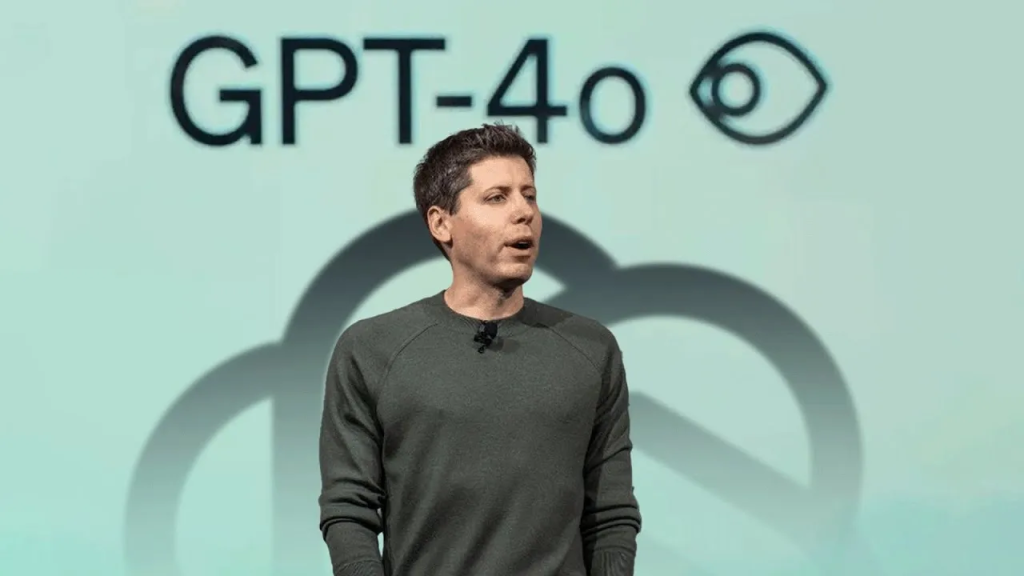
- GPT Store: OpenAI launched the GPT Store to enable users to access and share custom versions of ChatGPT. This marketplace features diverse GPTs from various categories like education and programming, updated weekly with new additions. Users can build and share their own GPTs easily, and a revenue program will soon allow builders to earn based on usage. Additionally, Team and Enterprise customers can manage GPTs within their organizations, ensuring security and compliance.
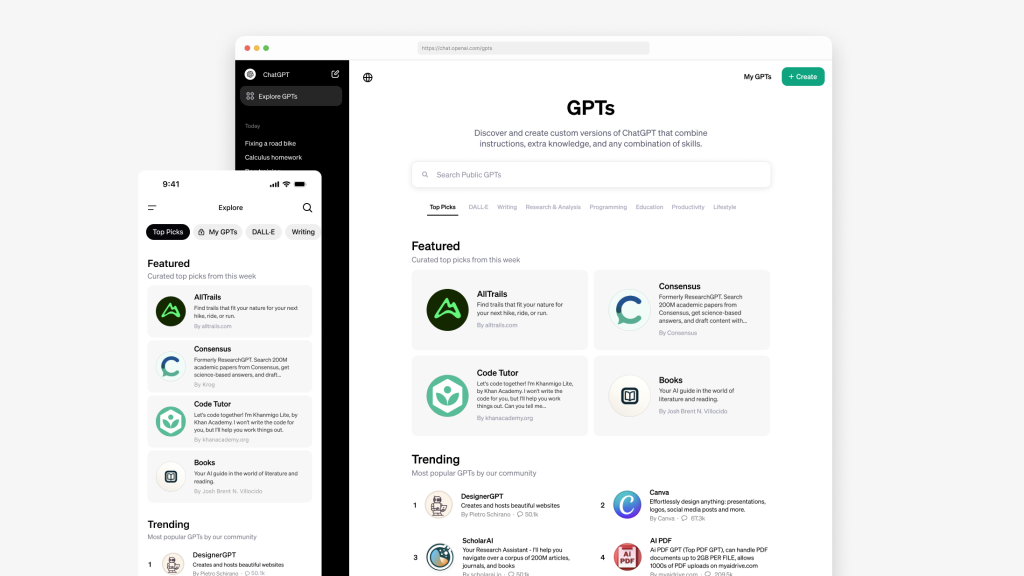
- The Artistic Genius of DALL-E 2: Continuing its legacy in the AI-generated art space, DALL-E 2 remains a cornerstone of OpenAI’s offerings. This advanced model can generate highly detailed and specific images from textual descriptions, providing creators and businesses with a powerful tool for visual content creation. The implications for design, advertising, and media are profound, as DALL-E 2 simplifies the process of bringing visual ideas to life.
- Sora, The Future of Video Generation: OpenAI’s latest innovation, Sora, is a groundbreaking AI model that pushes the envelope in video generation. Capable of creating realistic and imaginative videos up to 60 seconds long, Sora maintains high visual quality and adheres closely to user prompts. It can generate videos from text instructions, animate still images, and extend existing videos. Users can specify videos of variable durations, resolutions, and aspect ratios, with support up to a 2048×2048 resolution.
Leveraging the foundational technologies of DALL-E and GPT models. In preparation for its release, OpenAI is conducting rigorous safety evaluations of Sora, including adversarial testing to address potential issues like misinformation, hateful content, and bias. This proactive approach ensures that Sora not only enhances creative possibilities but also adheres to ethical standards. By simulating real-world dynamics, Sora is positioned as a cornerstone for future models that aim to understand and interact with the world, marking a crucial step towards the goal of achieving artificial general intelligence (AGI).
Future Directions
Looking ahead, OpenAI is not just pushing technological boundaries but also focusing on how these technologies can be safely integrated into society. They are working on improving the accessibility of AI tools so that more individuals and businesses can benefit from AI technology, while also addressing concerns about job displacement and privacy.
OpenAI’s continuous innovations in generative AI are transforming industries and changing our perception of what artificial intelligence can achieve. As we move forward, the potential applications of AI seem almost limitless, promising a future where AI assists in fostering creativity, problem-solving, and perhaps most importantly, an understanding of our own human condition.

